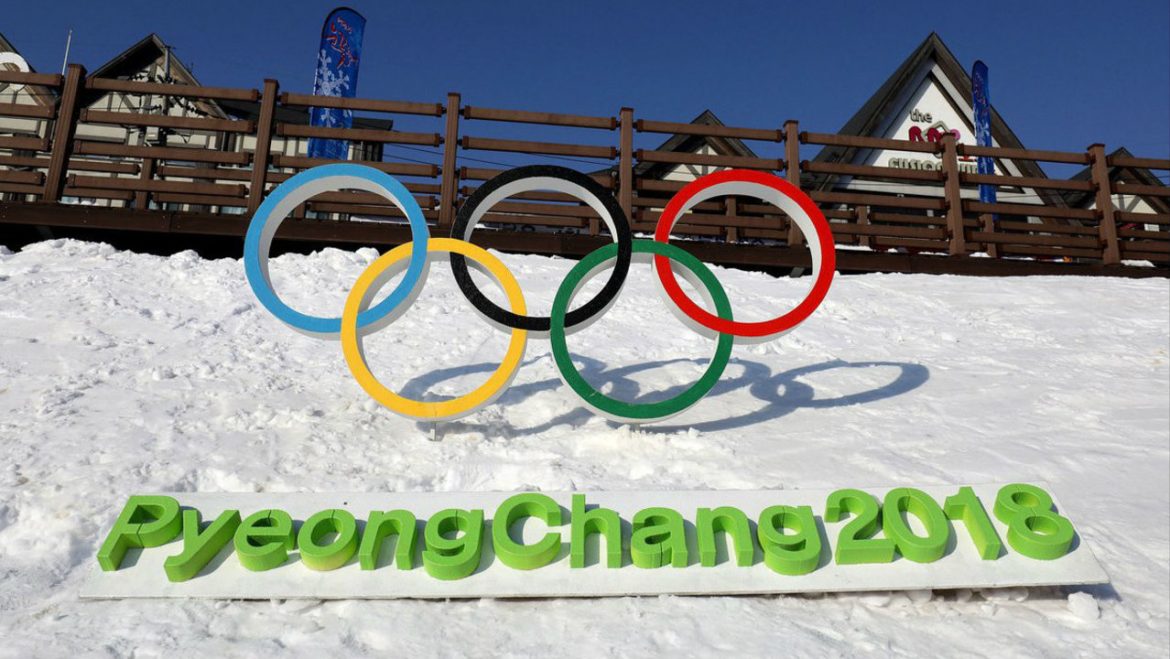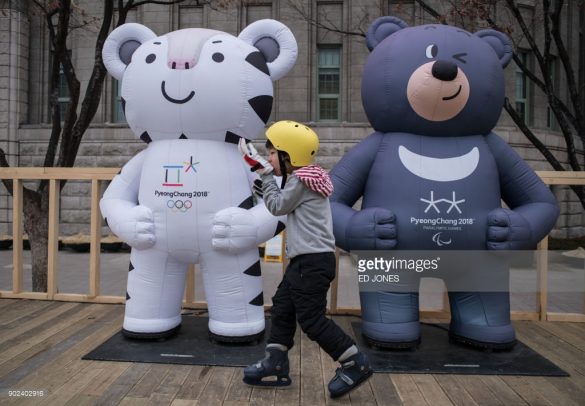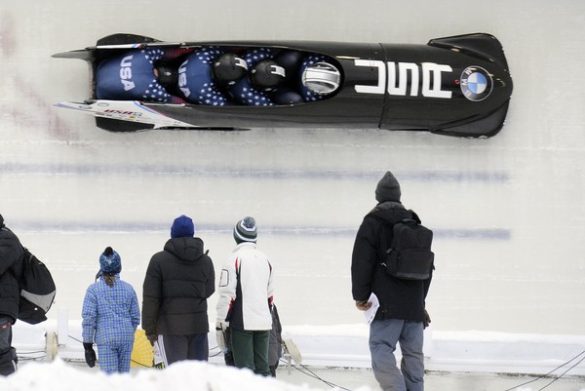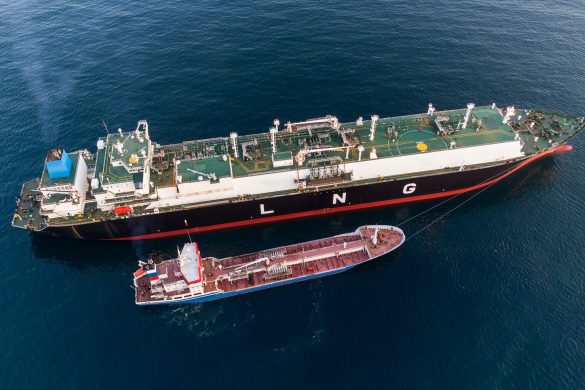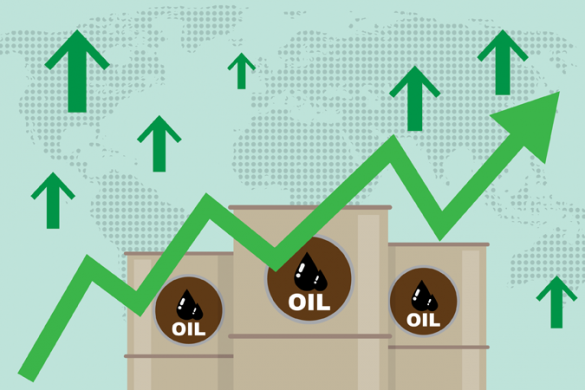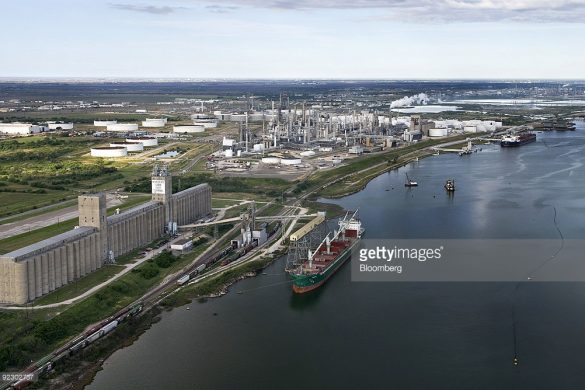With the 2018 Winter Olympics beginning today in Pyeongchang, South Korea, we thought it would be fun to show you all the things that are used during the events which are made possible by the oil and gas industry.
Soohorang and Bandabi
The white tiger and brown bear mascots for the 2018 Winter Olympics have personalities all of their own. They’re cute, fuzzy and larger than life, but the people inside the costumes wouldn’t be able to convey the same messages without the byproducts that oil and gas made possible for these costumes. The hard plastic and latex (for the costumes and blowup versions of the mascots), the colors/paint, the wiring within the costumes, transportation of the characters, and the general manufacturing process for all the materials that go into the fur and fabrics used are all direct products and byproducts of the oil & gas industry.
Skis, Slaloms and Goggles
It’s pretty incredible how many things our industry provides that we don’t normally pay attention to on a day-to-day basis. When you’re watching the 2018 Winter Olympics on your television or phone (both made with oil & gas byproducts), realize that the Olympians you are watching may not realize themselves that they are representing our industry by participating in the games. Their snow skis, hard plastic goggles, helmets, gloves, jackets, pants, ski poles, jump suits, slalom poles, ski boots, protective netting (on the edges of the course), and flags are more examples of you guessed it: oil & gas byproducts.
Bobsleigh
According to olympic.org, “Bobsleigh is a winter sport invented by the Swiss in the late 1860s in which teams make timed runs down narrow, twisting, banked, iced tracks in a gravity-powered sled.”
“In its original form, the first races used skeleton sleds made of wood. However, they were soon replaced by steel sleds that came to be known as bobsleighs because of the way crews bobbed back and forth to increase their speed at the start. Today, the world’s top teams train year-round and compete mostly on artificial ice tracks in sleek high-tech sleds made of fiberglass and steel.”
As you already know, the steel industry is heavily tied to the oil & gas industry and one could not exist without the other. Therefore, anything made of steel (and fiberglass for this matter) is a direct byproduct of oil & gas.
The Olympic Torch
Last but not least, the lighting of the Olympic torch and flame. The Olympic torch and flame are the most iconic and special things to watch during every Olympic opening ceremony. It’s such a powerful sight to bear which causes many emotional reactions from audience members and participants. Lo and behold, the humble industry never takes credit for this event because it’s more about the experience and the creation of memories than it is about how this special event is curated, refined and produced.
All in all, we look to educate everyone about the importance of the oil & gas industry and what better way than to take a fun and amazing event like the 2018 Winter Olympics and break it down to the very foundation that makes it so great?
Stay up-to-date with oil, gas and energy information by signing up to our newsletter and following us on Facebook and Twitter.
Featured image: clickondetroit.com


